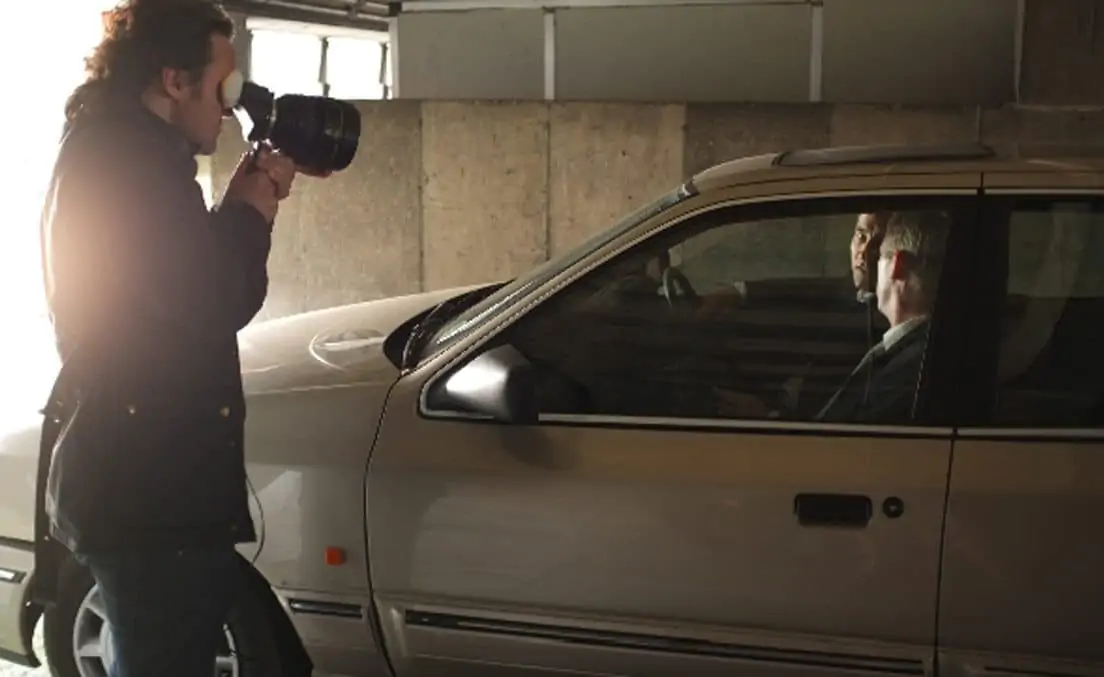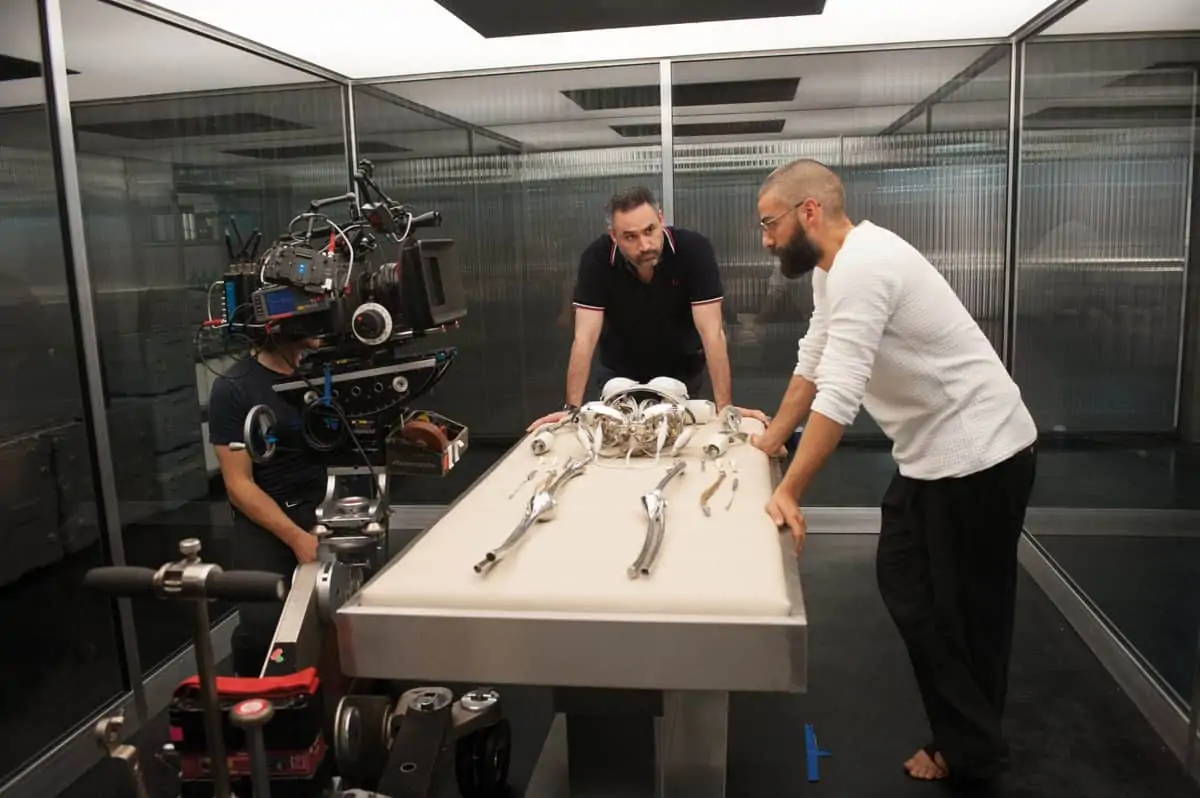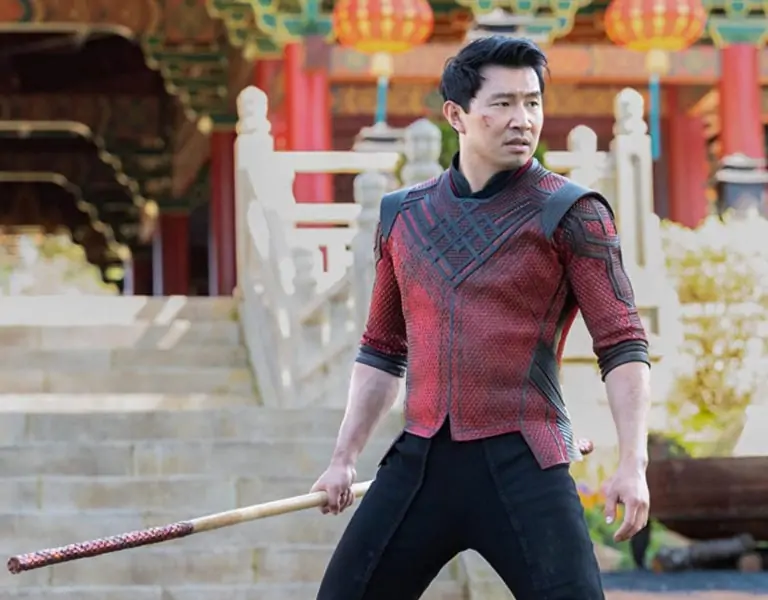Jungle Boogie
Rob Hardy BSC / Annihilation
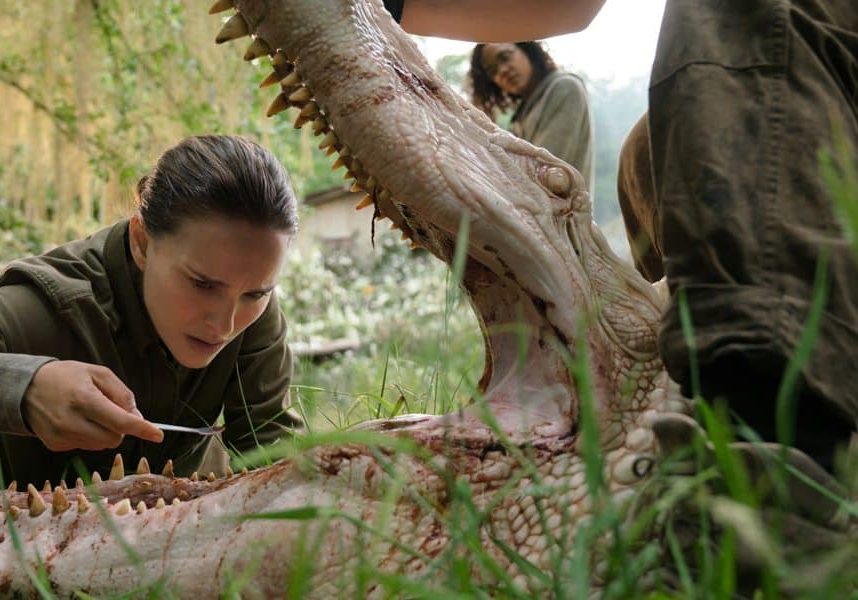
Jungle Boogie
Rob Hardy BSC / Annihilation
BY: Michael Burns
When the cinematographer and writer-director responsible for one of the most visually striking films of modern times come together again to work on a new movie, based on a contemporary sci-fi classic, you know that the look will involve heavy experimentation and some pretty leftfield filmmaking. With Annihilation, based on Jeff VanderMeer’s 2014 novel of the same name, that does indeed seem to be the case for Ex Machina director/cinematographer duo of Alex Garland and Rob Hardy BSC.
“We wanted it to be very different from Ex Machina,” says Hardy. “Scott Rudin had optioned [VanderMeer’s Southern Reach] trilogy of books, and thought that Alex would be a perfect fit.”
The film, starring Natalie Portman, Tessa Thompson and Jennifer Jason Leigh, tells the story of a biologist who volunteers for an expedition into Area X, sealed-off by the government for the last thirty years as an environmental disaster zone. Other expeditions have been fraught with aggressive illnesses, traumas, disappearances and suicides.
With prep for Annihilation starting in January 2016, Garland began researching, collecting a lot of images of organic structures for reference, and thereafter the pair constantly exchanged pictures.
“I was living in LA at the time,” Hardy recalls. “I’d go down to the Botanical Gardens, constantly photographing the strangest things I could find in terms of plant life. It was almost like looking at architecture, but in plant form.”
Based on viewing the trailer, Annihilation juxtaposes the otherworldly with the normal very well. This attempt at something quite real, and yet unreal, was very deliberate says Hardy: “Etching it in a certain kind of reality, making that other world feel like it's a real place – it adds gravity to the experience.”
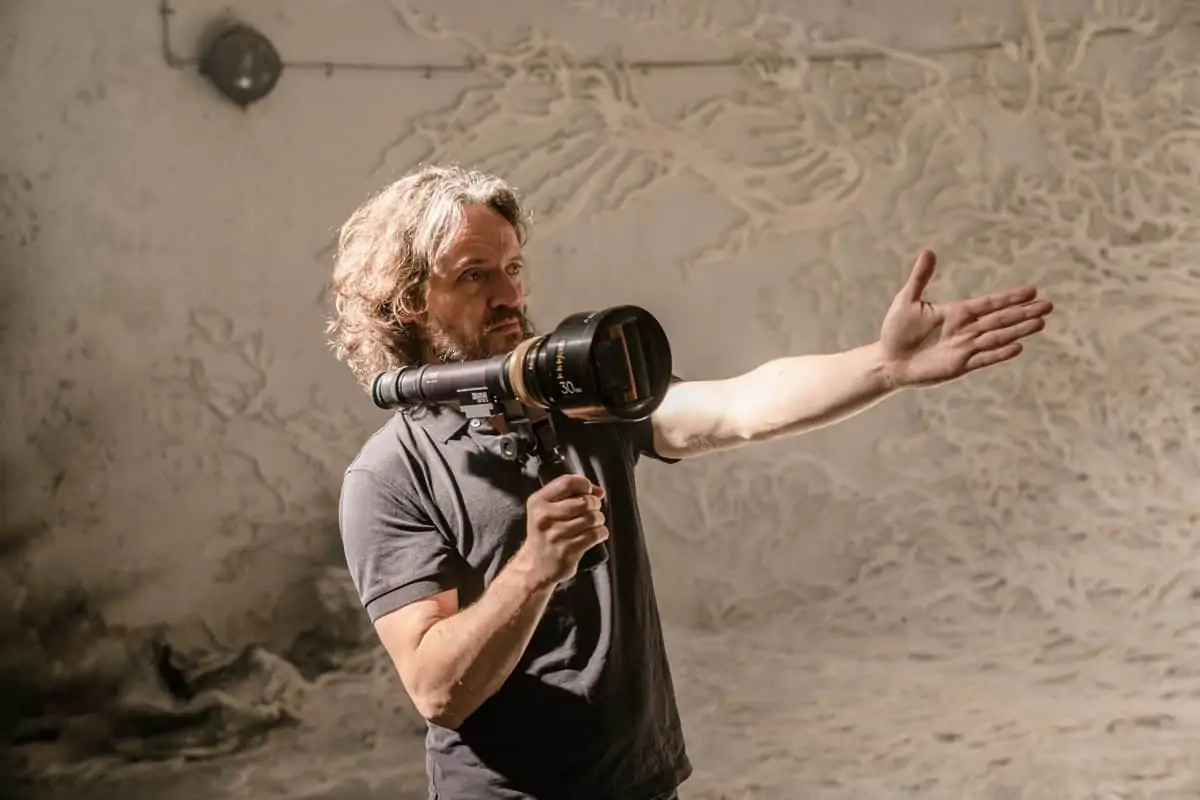
With Ex Machina’s Oscar-winning VFX Supervisor Andrew Whitehurst from Double Negative on board, the team started exploring how they could create a ‘hallucinogenic version of Louisiana’ in the suburbs of London.
“Production designer Mark Digby, and set decorator Michelle Day, did an incredible job in pulling together ideas and images, and finding locations that would really sell this idea,” says Hardy. “Had we gone to Louisiana and tried to make it look a bit trippy, I think it would have been a completely different thing, and not necessarily the thing we wanted. ”
Another factor in the look of the film was Asa Shoul, senior colourist at Molinare, in London, another fellow traveller from Ex Machina.
“Very early on, Alex and I would go over to Molinare, where Alex would take us through his visual document, talking us through the narrative using these images,” says Hardy. “It gave an amazing overview of the story and an idea, the essence of how it might look, or how he wanted it to look and feel. I wanted Asa in these conversations from the get-go.
“Constantly, while we were shooting, I got Asa and my DIT, Jay Patel, to work very closely together,” Hardy continues. “They were always sharing images, and Asa was always coming back with grading ideas and any thoughts or opinions he might have. By the time we actually got to the grade, it meant we had a very well-rounded foundation.”

Photo Credit: Peter Mountain
"Early on, I talked to Alex (Garland) about this idea that the sun would behave normally, but would be refracted through the dome of the shimmer, therefore everything inside of the shimmer would be likewise affected. We pulled almost every single lens Panavision had off the shelves to find the one that gave us the perfect ‘shimmer effect’. We began to look at those flares, and break them down into tiny little sections."
- Rob Hardy BSC
Filming took place in England, over ten weeks. “As well as our sets in Pinewood, we shot on some royal land at Windsor which had never been shot on before,” Hardy says. “We found this swamp area and dressed into it. We created quite a lot of our sequences there, as well as some at Black Park, around the back of Pinewood.”
“On this film, you have Southern Reach, which is ‘reality’, and then Area X where the characters travel into,” Hardy explains. “I wanted to create a subtle shift, rather than two different looks, but that shift wasn’t just between the two areas. Really, what it worked on was Natalie Portman’s entire narrative arc.”
Shooting the script almost linear fashion, Hardy engineered this shift by starting out with the Sony F65 and Panavision Primo lenses, then gradually phasing out the lens set to replace it with another set, then phase out the camera package to replace it too.
“It was almost like we, the crew or the visual style, shifted with the psychological aspects of Natalie’s character,” he explains.“ Essentially what the Primos did was give us almost like a very solid, crisp look. I also used — only sparingly — some Crystal (Xtal) Express lenses. I was very keen not to go with too shallow a depth-of-field or too hand-held. I wanted to create almost a mundane feel. I didn’t want the look to detract at all from what was happening. But it just gears you up for what comes later.”
Then Hardy started to switch out the lenses. “I began to use the Panavision G-series Anamorphics, which have a much more impactful, contrasty look,” he explains. “They have these strange aberrations around the outside in the glass and that really helped sell the idea that things aren’t quite as they seem. Then as soon as we get into Area X, I switched out the Sony cameras for the Red 6K Weapon. I have to say it was it was a complete headache for Jenny Patton, my first AD and long-time collaborator, to keep track of where we were in the story. But it definitely pays off.”
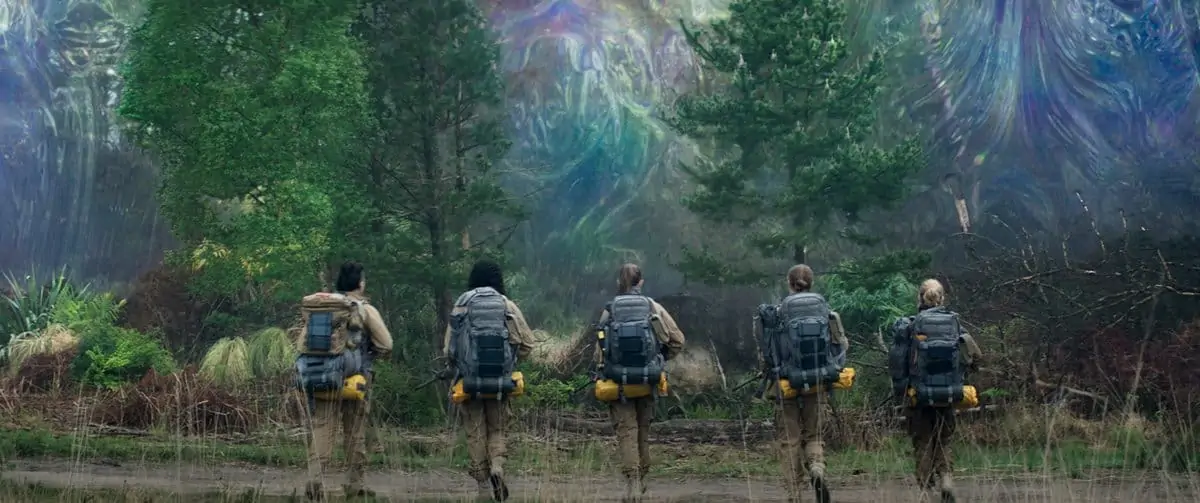
Area X also saw a bit of a departure in camera movement for this film genre – Hardy opted for Steadicam, rather than an in-your face, hand-held approach.
“I didn’t want that feel at all,” he explains. “The camera needed to observe much more: it needed to feel stoic, almost. It needed to move through, and past our actors. There were intimate moments, but this wasn’t about creating emotional intimacy, because that all appears in the story anyway. [Key grip] Sam Philips, another long-time collaborator, really understands how movement works with story. Alex is also always beside the camera, always involved in what’s going on in front of the camera.”
A happy accident then arose during filming, as Hardy recalls: “When we were out in the field doing our costume check, I’d decided on one particular combination in my master plan, where we’d couple the Reds with Panatar 65mm anamorphic lenses from Panavision. But we ended up putting a G-series on a Red camera.”
Observing the result on the monitors, Garland and Hardy were instantly convinced that this looked more like Area X, so, “We ended up simply using G-series lenses with the Red cameras for the bulk of the weird part of the story.”
“It was simply a question of taste and responding instinctively to what we saw in front of us, which is the only way to do it, I think,” Hardy explains.
As the story comes out of Area X and goes back into reality, Hardy wanted to keep a sense of Natalie’s character.
“She brings something back with her,” he says. “So rather than just go back to the camera package and lenses we had before, I wanted to bring something back from that part of the narrative. So we kept the Red cameras, but went back to Primo lenses. It’s very subtle. Some people might not even notice. But there’s a sensation you get from watching it. That’s the idea, at least!”

Another key factor in the otherworldly nature of the film is the lighting. Area X is surrounded/defined by ‘the shimmer’, a phenomenon that called again for creative filmmaking.
“Early on, I talked to Alex about this idea that the sun would behave normally, but would be refracted through the dome of the shimmer, therefore everything inside of the shimmer would be likewise affected,” explains Hardy. “So there would be rainbows within the highlights.
“We looked at every different kind of lens and shot flares against black,” he continues. “We pulled almost every single lens Panavision had off the shelves to find the one that gave us the perfect ‘shimmer effect’. We began to look at those flares, and break them down into tiny little sections.
“We would say, ‘this part of this aberration in the lens, and the way the light is refracting is perfect for what we want to do here’. Then Andrew would take that section, he would expand it and use elements of it [in VFX], and then Asa would place it over the image, or certain parts of the image when we came to the grade. On-set I would then create the source from which those elements would play off. I put very, very big tungsten sources, very low, through the trees to create these strange flare effects. My gaffer, Andy Lowe, was very good at taking the ball and running with it. When I asked if we could get 24 Wendys and a 24K in the middle of this impassable forest, miles from the generator, Andy would reply, ‘yes we can’, unfazed.”
The only VFX this sampling of light didn’t apply to was the creatures – “we have some true horror beasts in this film,” says Hardy. “But every effect with regard to the shimmer that was added back into the movie was generated from an analogue source.”
The film wrapped in July 2016 and is pegged for release in 2018. Hardy feels the result really captures the essence of the book, yet turns it into cinematic form, which was the goal from the start.
“Alex’s version of Annihilation takes the book and everything the book has, the beauty and the strange, odd nature of it, and it translates it onto the screen beautifully. But not necessarily from a narrative point of view,” he says. “We look at the movie now, and think this is the movie we wanted to make.”

